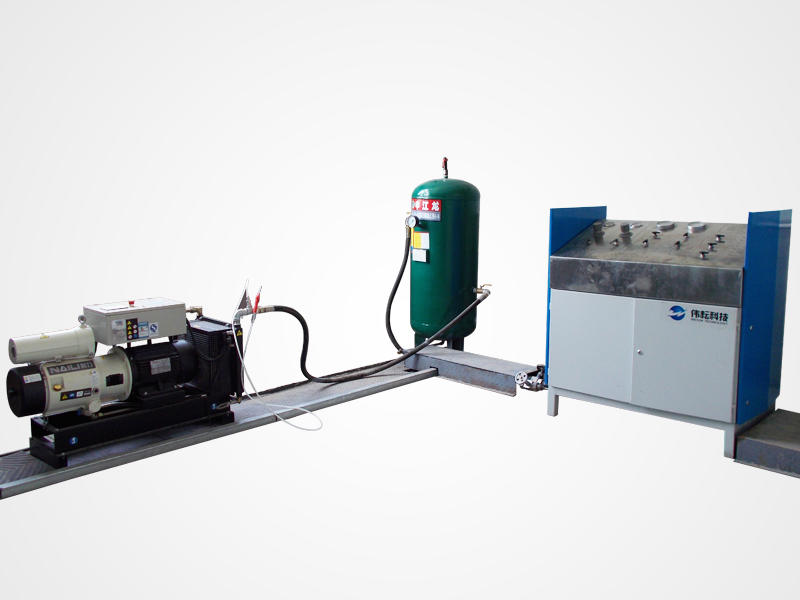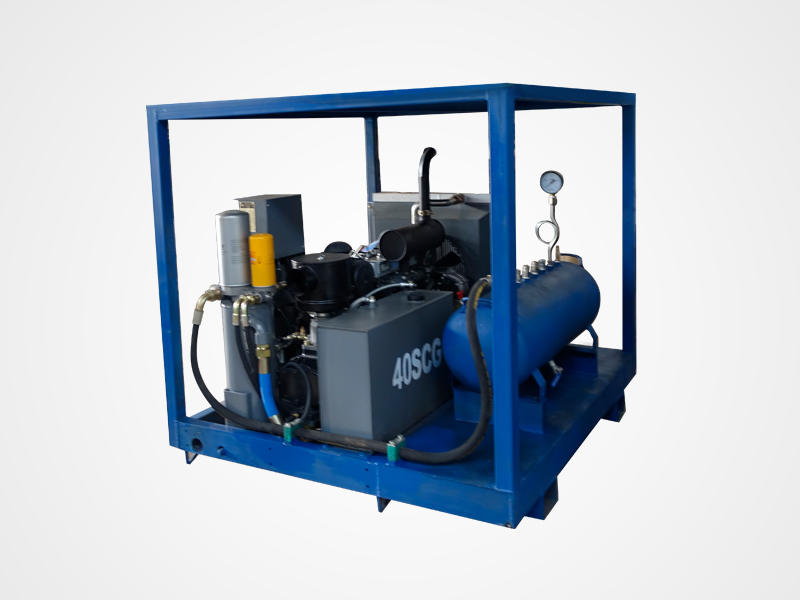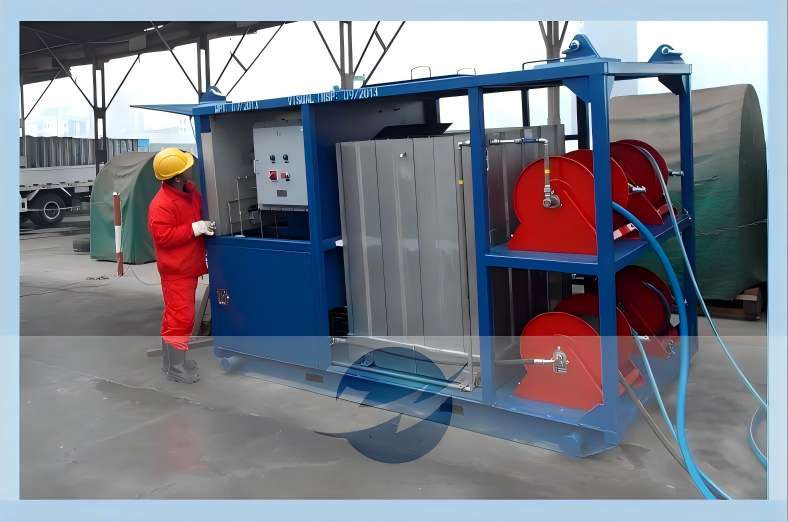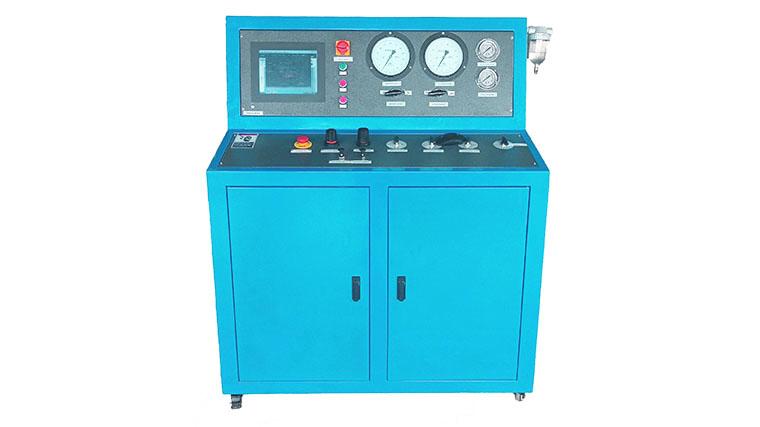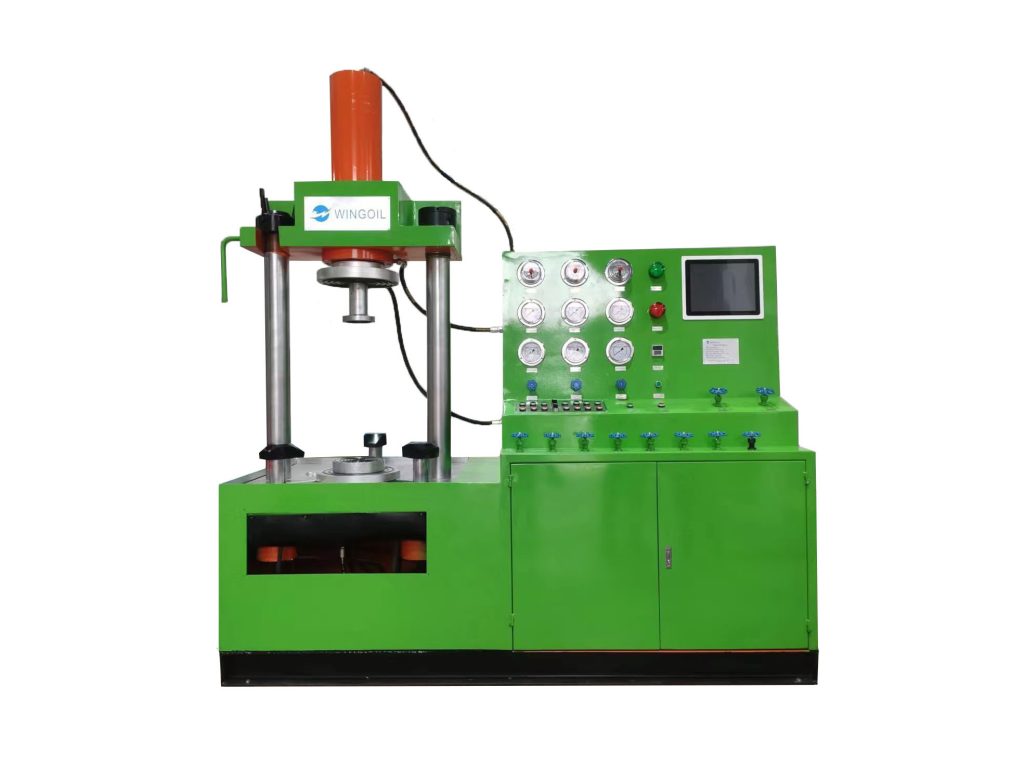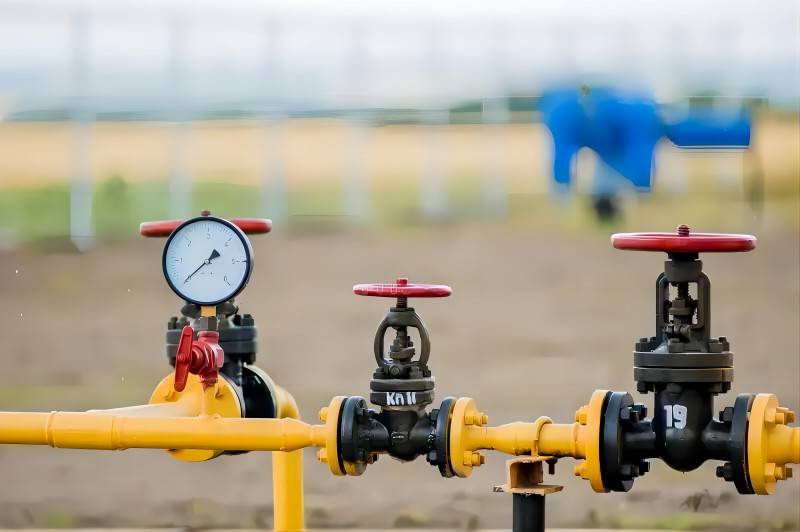How Burst Pressure Testing Keeps Gas and Oil Pipelines Safe?
Burst pressure testing is a critical safety procedure used in the gas and oil industry to ensure the integrity of pipelines, pressure vessels, and other equipment. By testing the maximum pressure that a material or component can withstand before it bursts, burst pressure testing can help to prevent accidents and protect the environment.
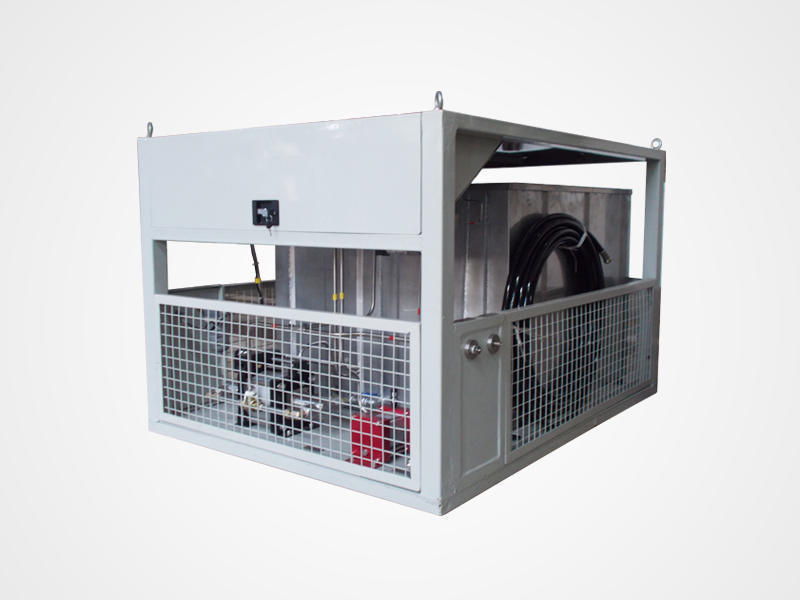
Burst Pressure Testing Machines
There are three main types of burst pressure testing machines: hydraulic, pneumatic, and combined hydraulic/pneumatic. Hydraulic burst pressure testing machines use hydraulic fluid to apply pressure to the test specimen. Pneumatic burst pressure testing machines use compressed air to apply pressure to the test specimen. Combined hydraulic/pneumatic burst pressure testing machines use a combination of hydraulic fluid and compressed air to apply pressure to the test specimen.
Each type of burst pressure testing machine has its own advantages and disadvantages. Hydraulic burst pressure testing machines are typically more accurate than pneumatic burst pressure testing machines, but they can also be more expensive. Pneumatic burst pressure testing machines are less expensive than hydraulic burst pressure testing machines, but they may not be as accurate. Combined hydraulic/pneumatic burst pressure testing machines offer the best of both worlds, but they are also the most expensive type of burst pressure testing machine.
Burst Pressure Testing in Gas and Oil Exploitation
Burst pressure testing is used in a variety of applications in gas and oil exploitation. It is used to test the integrity of pipelines, pressure vessels, and other equipment that is used to transport and store gas and oil. Burst pressure testing is also used to test the strength of materials that are used in the construction of gas and oil wells.
- Pipelines: Burst pressure testing is a critical part of the commissioning process for new pipelines. It is used to ensure that the pipelines are able to withstand the pressure of the gas or oil that will be transported through them. Burst pressure testing is also used to periodically test existing pipelines to ensure that they are still in good condition.
- Pressure vessels: Pressure vessels are used to store gas and oil at high pressures. Burst pressure testing is used to ensure that the pressure vessels are able to withstand the pressure of the gas or oil that they will be storing. Burst pressure testing is also used to periodically test existing pressure vessels to ensure that they are still in good condition.
- Other equipment: Burst pressure testing is also used to test the integrity of other equipment that is used in gas and oil operations, such as valves, pumps, and compressors. By testing the burst pressure of this equipment, operators can identify any potential weaknesses that could lead to failure.
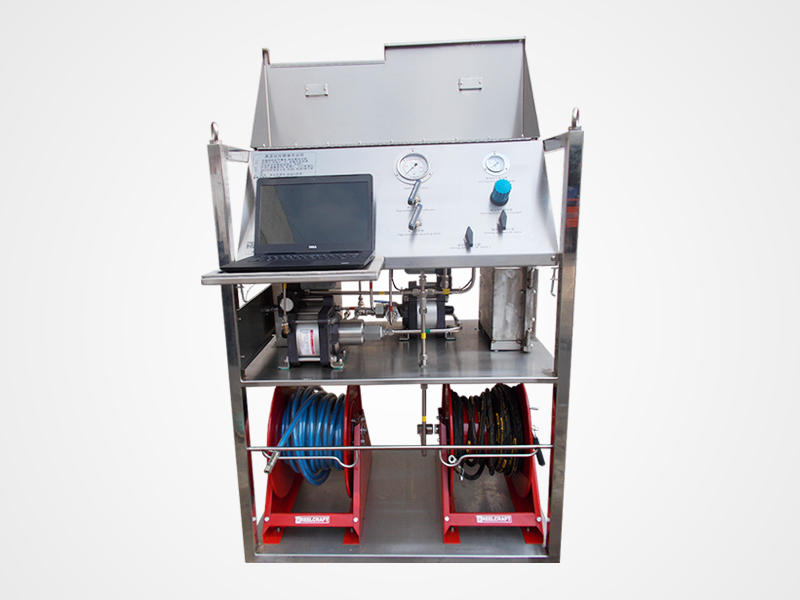
In addition to the applications mentioned above, burst pressure testing can also be used to test the strength of materials that are used in the construction of gas and oil wells. This is important because the materials used in well construction must be able to withstand the high pressures and temperatures that are present underground.
Burst pressure testing is a valuable tool for ensuring the safety and reliability of gas and oil operations. By testing the burst pressure of pipelines, pressure vessels, and other equipment, operators can identify any potential weaknesses that could lead to failure. This allows operators to take corrective action to prevent accidents and protect the environment.
Conclusion
Burst pressure testing is an important tool for ensuring the safety and reliability of gas and oil operations. By testing the burst pressure of pipelines, pressure vessels, and other equipment, operators can identify any potential weaknesses that could lead to failure. This allows operators to take corrective action to prevent accidents and protect the environment.
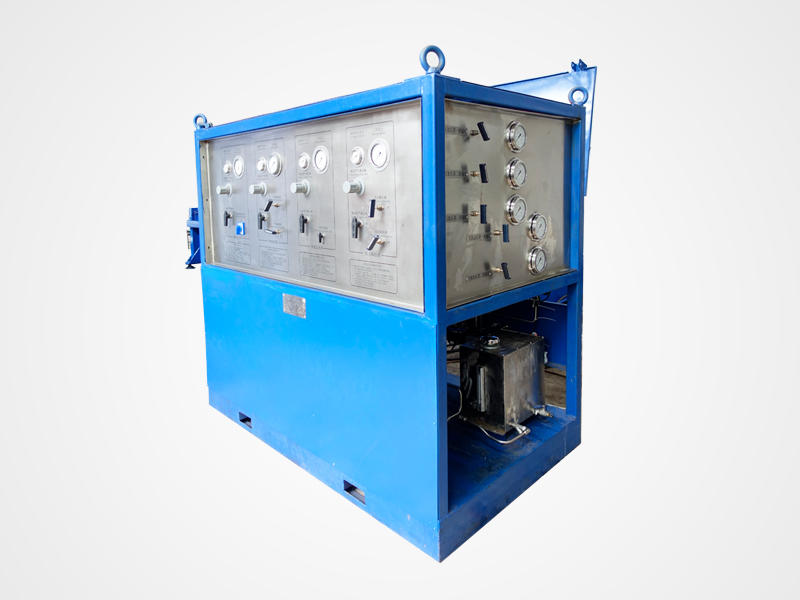
Additional Information
Here are some of the standards that apply to burst pressure testing in gas and oil exploitation:
- API 579: Standard for Testing Pipelines for Leaks
- ISO 11692: Petroleum and natural gas industries — Pressure testing of piping systems
- ASTM F2306: Standard Test Method for Bursting Pressure of Rigid Plastic Pipe
These standards provide guidance on the proper procedures for performing burst pressure testing. They also specify the equipment and materials that must be used for burst pressure testing.

